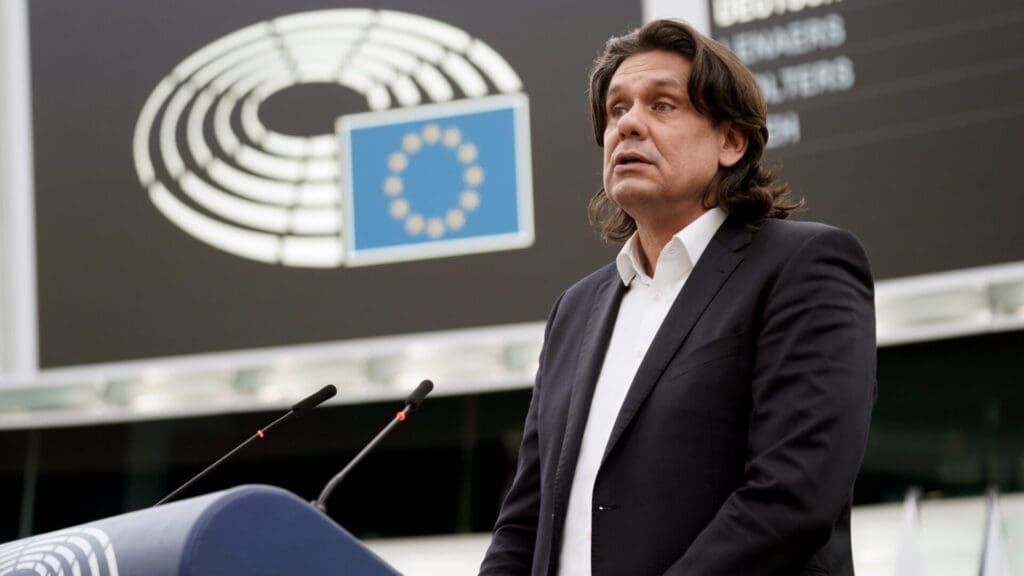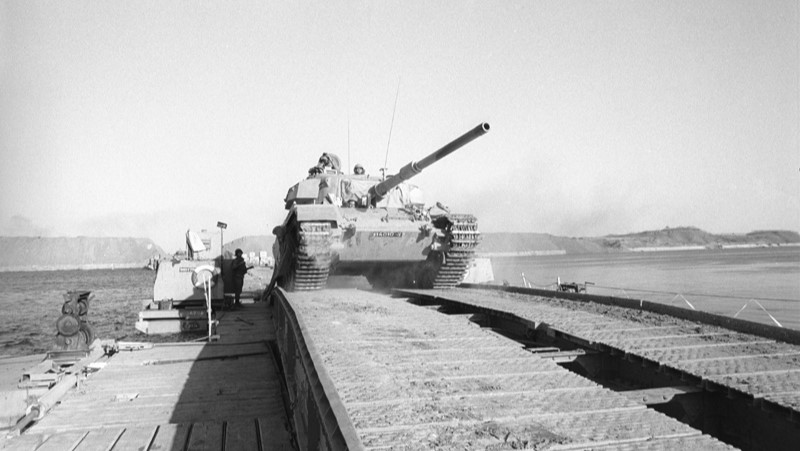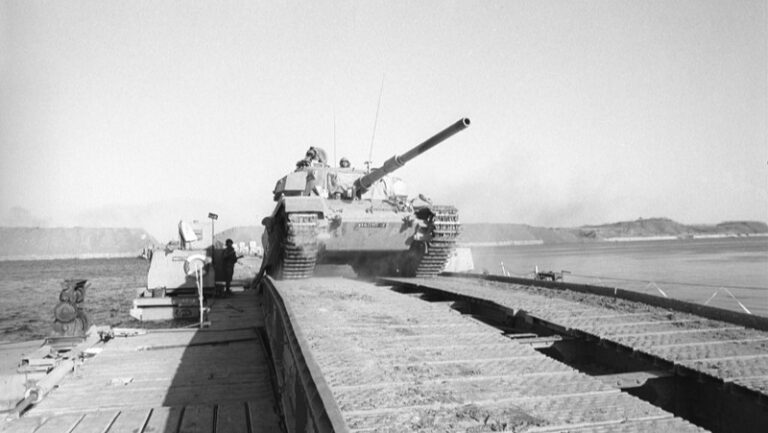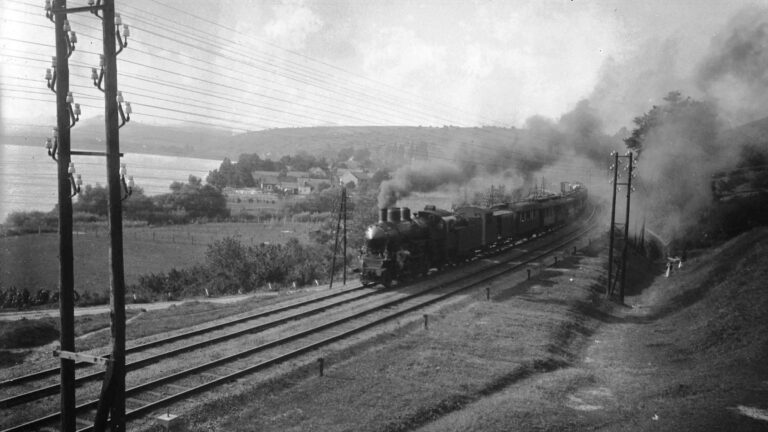At the global level, we are a small country. Many people confuse Budapest with Bucharest, or mishear Hungary for ‘hungry’, but our world-famous scientists and inventors continue to spread our good reputation around the world to this day. In our article we have collected some of the most important Hungarian inventions, most of which are still used all over the world.
Soda Water (Seltzer Water)
- Year of invention: 1767
- Inventor: Joseph Priestley, an English clergyman, but its cheap production in Hungary was developed by Ányos Jedlik, Hungarian inventor, engineer, and Benedictine priest
Safety Match
- Year of invention: 1836
- Inventor: János Irinyi, Hungarian chemist
The noiseless and non-explosive safety match was invented by János Irinyi, who sold his invention and its manufacturing rights to Viennese pharmacist István Rómer. Soon, the marketing industry also began to use matchboxes as an advertising surface, and Rómer made a fortune out of it.
The Dynamo Principle
The aforementioned Ányos Jedlik was the first to describe the dynamo principle in 1861, but it was only patented in 1866 by Ernst Werner von Siemens, a German inventor. Dynamos are electrical machines that produce direct current electricity from mechanical (kinetic) energy.
Telephone Exchange
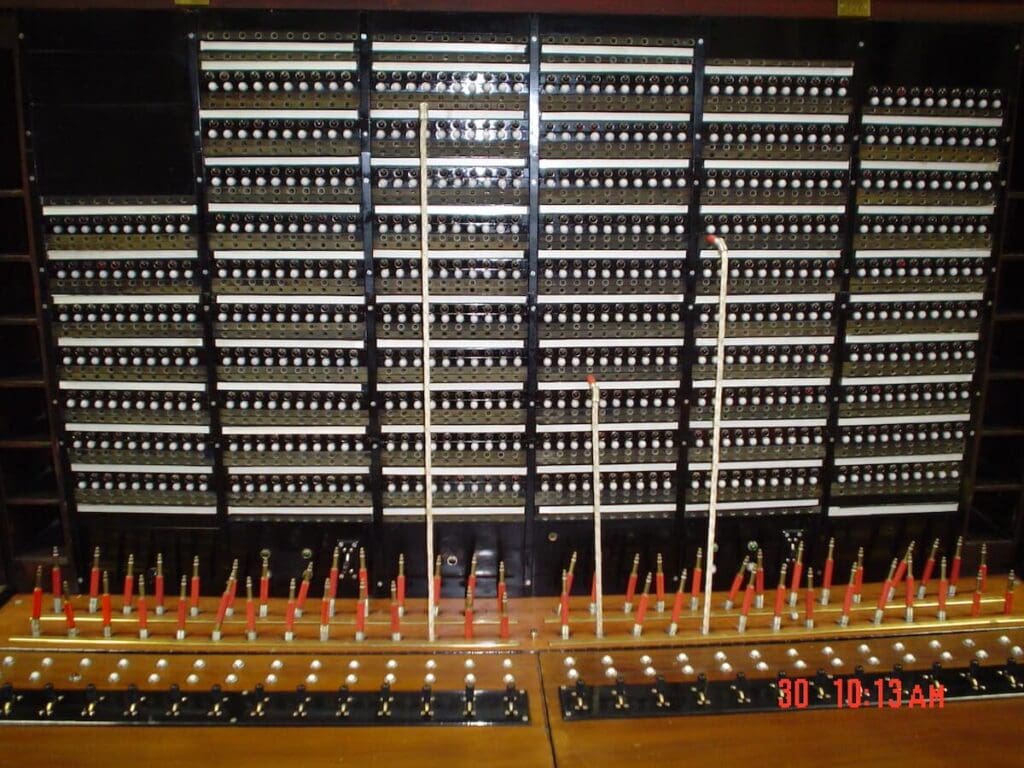
Hungarian engineer Tivadar Puskás proposed the idea of a telephone exchange as early as 1876, when he saw first-hand how a telephone works in America. In the end, the patent for the telephone exchange was filed in the name of Charles Scribner, but American inventor Thomas Edison also acknowledged that the invention’s mastermind was Tivadar Puskás.
The first telephone exchange in Hungary was put into service in Budapest on 1 May 1881.
Telephone Herald (Telefon Hírmondó)
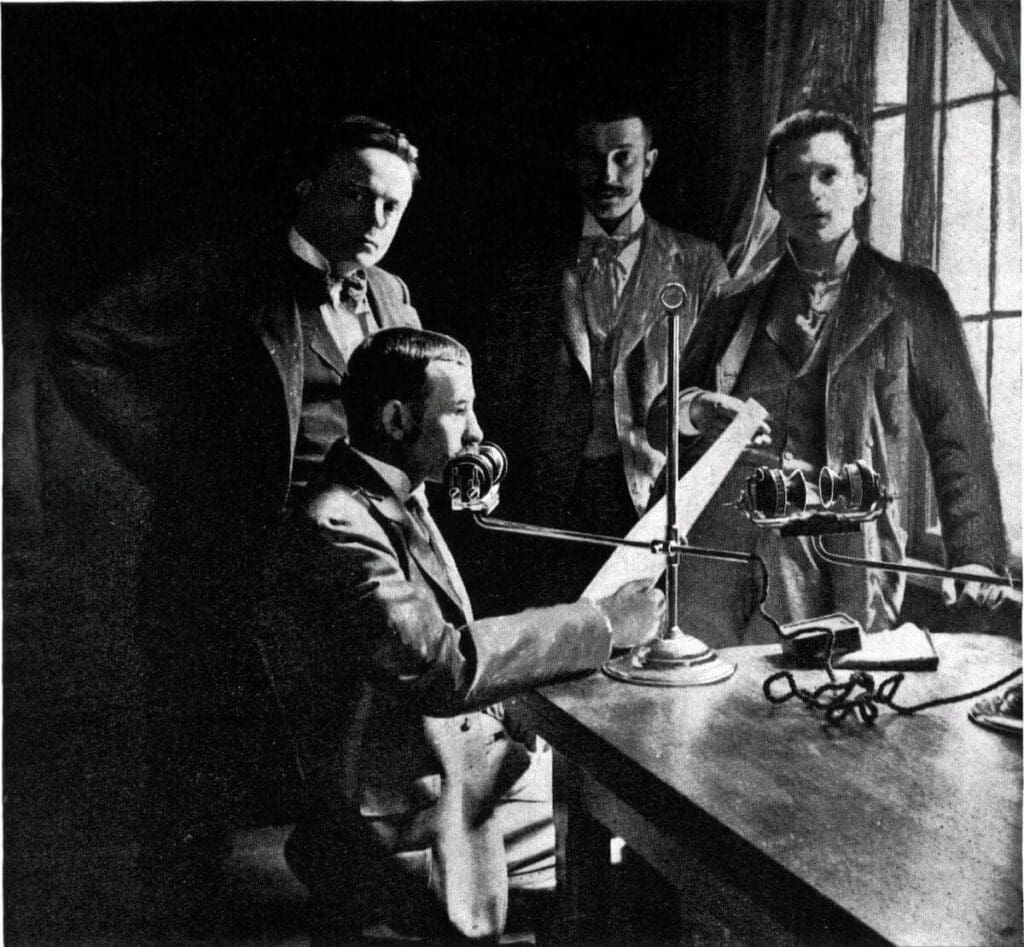
- Inventor: Tivadar Puskás
- The Telephone Herald, a predecessor to the radio, began its operation in Budapest on 15 February 1893, with Tivadar Puskás saying his famous words:
‘Greetings to the inhabitants of Budapest. We greet you in a way that is exceptional in the world. Greetings to the first city from which the Telephone Herald will start its victorious journey to the rest of the world.’
From then on, technology made it possible to transmit news to several different points in the city simultaneously via telephone lines and telephone exchanges.
Tungsten Filament Lamp
- Year of invention: 1903
- Inventor: Thomas Alva Edison
- Further developed by: Hungarian chemical engineers Sándor Just and Ferenc Hanaman, and Hungarian physicist Imre Bródy, who patented the manufacturing right of the tungsten filaments in Budapest on 13 December 1904.
Vitamin C
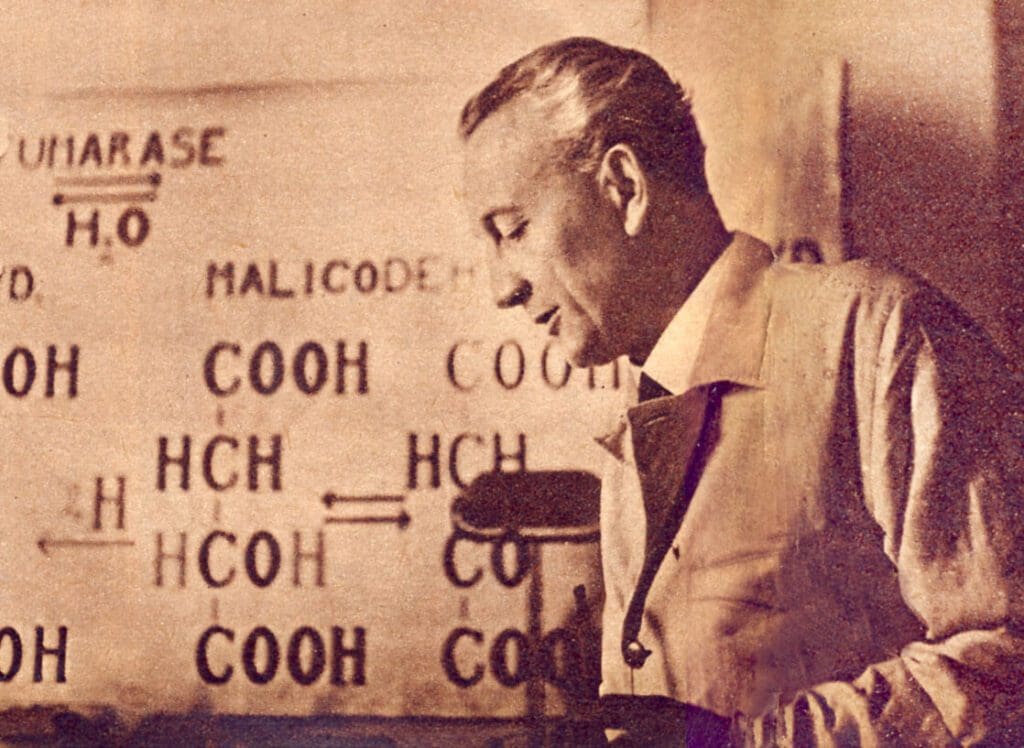
- Inventor: Albert Szent-Györgyi, Nobel Prize-winning Hungarian doctor and biochemist
Let us quote the key sentence of Szent-Györgyi’s lecture on 18 March 1932, at the meeting of the Royal Medical Society of Budapest:
‘This is the first time we can publicly say that hexuronic acid is identical with vitamin C.’
As the discoverer of vitamin C, Szent-Györgyi immediately gained world fame. In 1937, he received the Nobel Prize in medicine-physiology ‘for his discoveries in connection with the biological combustion process with special reference to vitamin C and the catalysis of fumaric acid’.
Colour Television
- Inventor: Peter Carl Goldmark, Hungarian-American engineer
- Time of the demonstration of the invention: 4 September 1940
Peter Carl Goldmark was a Hungarian-American engineer-physicist (at the time working at CBS, an American commercial television and radio network), who perfected the development of colour television after World War II.
Fire Extinguisher
The inventor of the device that is still used today for saving lives is Kornél Szilvay, a Hungarian mechanical engineer and Fire Fighter Colonel, who filed the patent application for the fire extinguisher in 1928.
Ballpoint Pen
- Year of invention: 1943
- Inventor: László József Bíró, Hungarian journalist
Bíró was originally a journalist, but he also dabbled in painting. Several people had toyed with the idea of the ballpoint pen already before Bíró, but the tool used today is mostly associated with his name. The theory behind the ballpoint pen is simple: thicker ink is used for it so that it would not smear the paper, and a small ball is inserted into the nib of the pen. As the ball spins, it applies the ink to the paper.
Holography
- Year of invention: 1947
- Inventor: Dennis Gabor, a Hungarian-British electrical engineer and physicist
Holography is an image-generating technique based on the wave nature of light that makes the creation of three-dimensional images possible.
Rubik’s Cube (‘Magic Cube’)
- Year of invention: 1974, time of patenting: 31 December 1977
- Inventor: Ernő Rubik, Hungarian architect and game designer
The best-known puzzle toy in Hungary is undoubtedly Rubik’s Cube, which was originally referred to as the ‘Magic Cube’. The invention of Ernő Rubik has earned worldwide recognition, and the inventor has further developed his 3-D puzzle several times since then. The first World Rubik’s Cube Championship was held on 5 June 1982 and has been held every two years since 2003.
Other Inventions
- Nuclear reactor and atomic bomb: Leo Szilard, Hungarian-German-American physicist and inventor, was the man behind the concept of nuclear chain reaction. He filed two patents in 1934 and 1936: one for energy storage, and the other for the invention of the atomic bomb.
- Helicopter: Although the motor-driven helicopter was invented by Jan Bahyl and the first piece manufactured in serial production was designed by Igor Sikorsky, it was the Hungarian aviation expert Oszkár Asbóth who first took off in an experimental helicopter on 9 September 1928. However, it is to be noted that his professional role is disputed by some sources.
- Particle accelerator: The first Hungarian particle accelerator was built by physicist Károly Simonyi in 1951 in Sopron.
- Microsoft Word and Excel: Two of Microsoft’s best-known products were developed under the direction of Hungarian-American software architect Charles Simonyi, the son of Károly Simonyi. In addition, speaking of computer industry, it is also remarkable that Hungarian-born John von Neumann took the lion’s share in laying the foundations of the digital computer.
Click here to read the original article



